Wildlife Noises You Can Hear At Night In Pittwater: for youngsters
From Issue 485
Other Wildlife Noises You Can Hear At Night: Frogs!
We forgot the frogs - and we should know this, we have a pond in our front yard and often hear them calling at night. Across from us are a creek and wetland and, after rain, the sound of frogs all croaking away is loud enough to make the whole night air sound as though it is full of frogs.
So, to add to our list of Wildlife Noises You Can Hear At Night In Pittwater: for youngsters, we add frogs!
We've already shared a few insights into this little frog, a Peron's tree frog (Litoria peronii) - so what other frogs may you hear singing away at night in Pittwater?
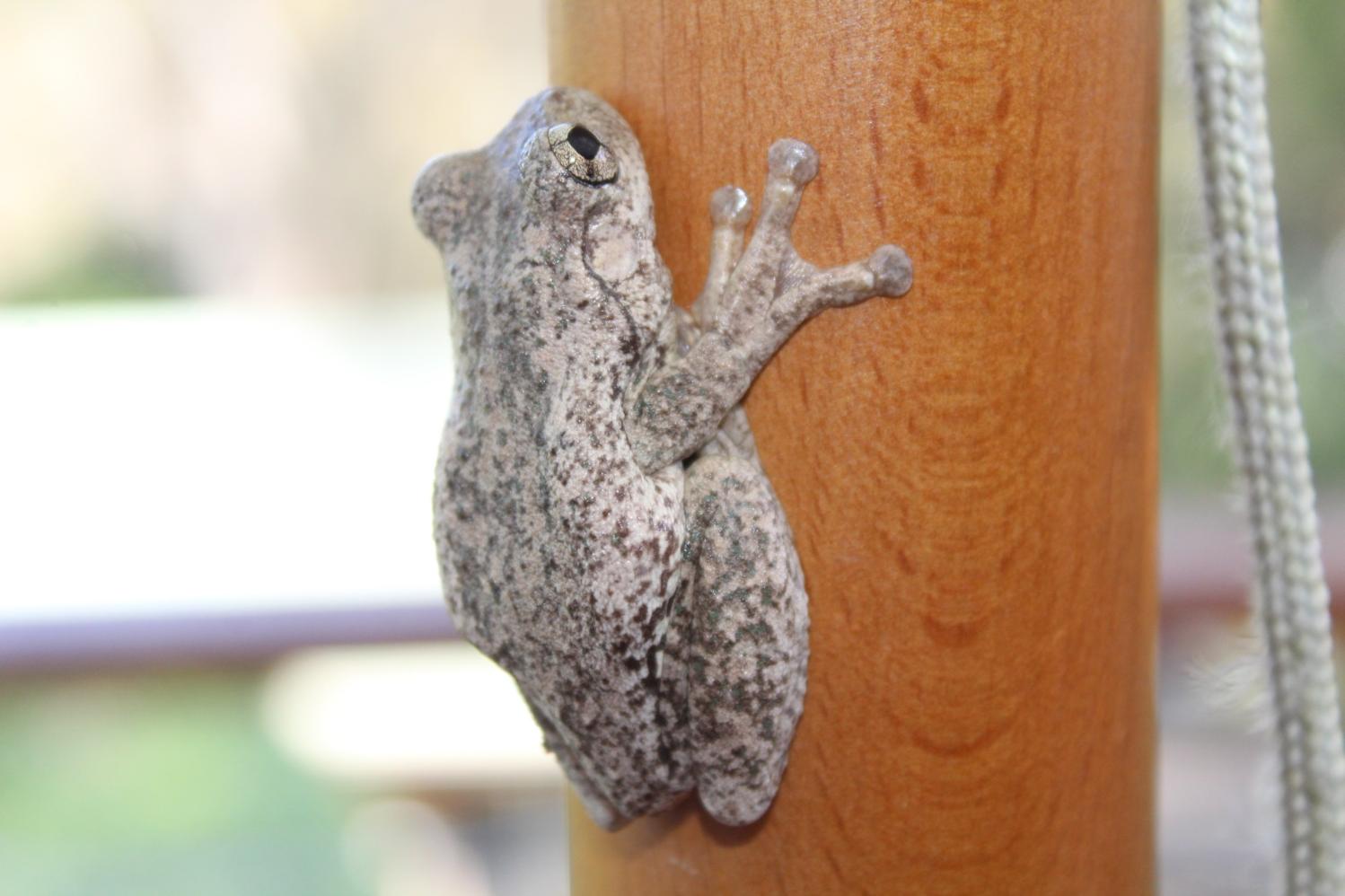
The Giant Burrowing Frog is a large slow-moving frog growing up to 10 centimetres in length. Its slowness makes it very vulnerable to predators. It gets its name from its oversized feet and muscular back legs which it uses to dig down into the earth and build burrows for breeding.
The Great Burrowing Frog usually spawns in a small water-filled burrow or under thick vegetation in dams, ditches, and slow flowing streams. The tadpoles hatch and escape when the water rises to flood the burrow.
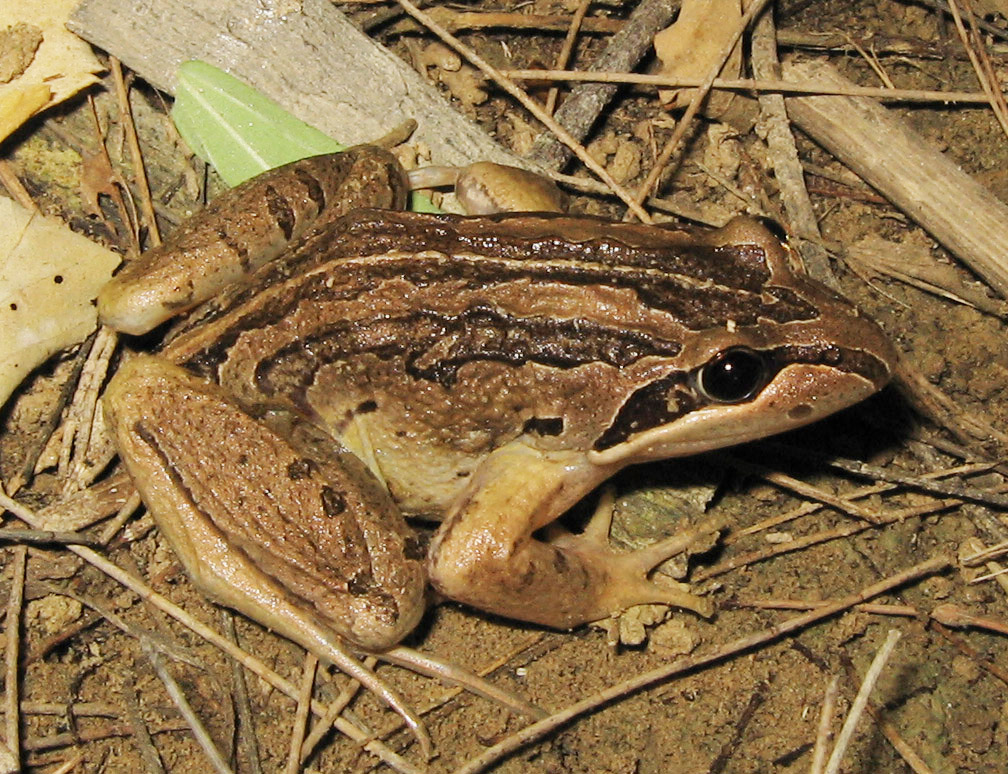
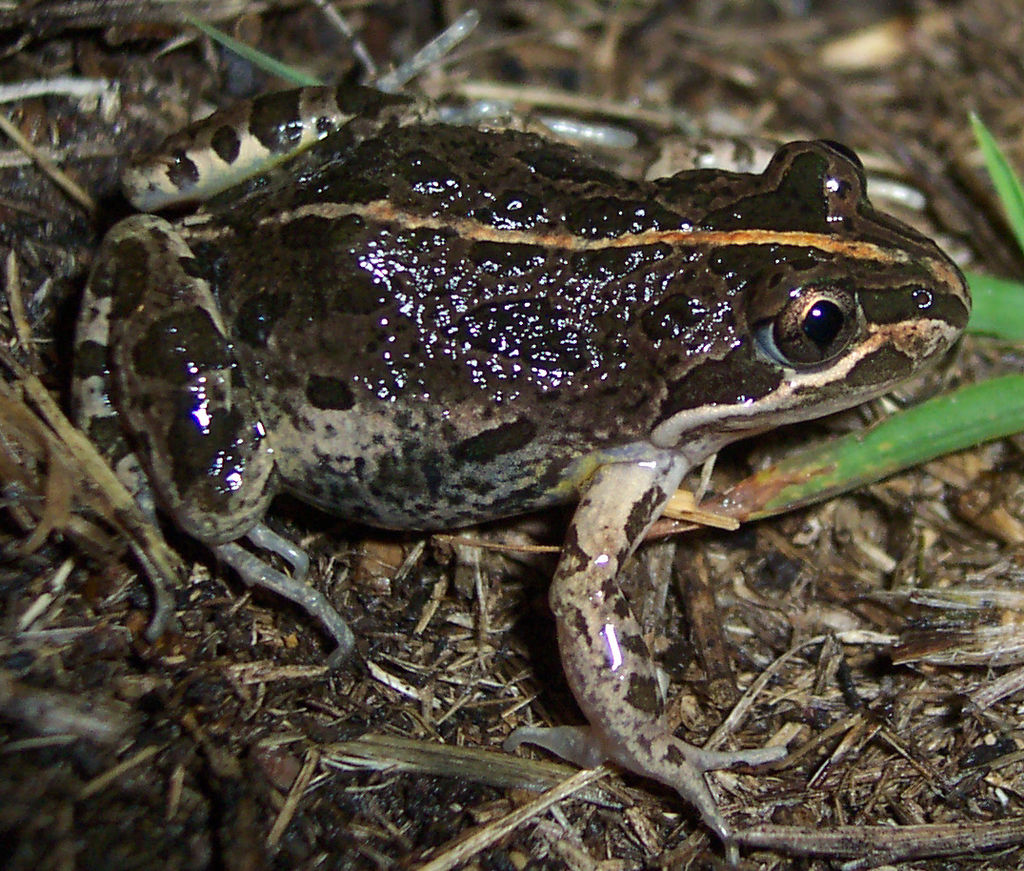
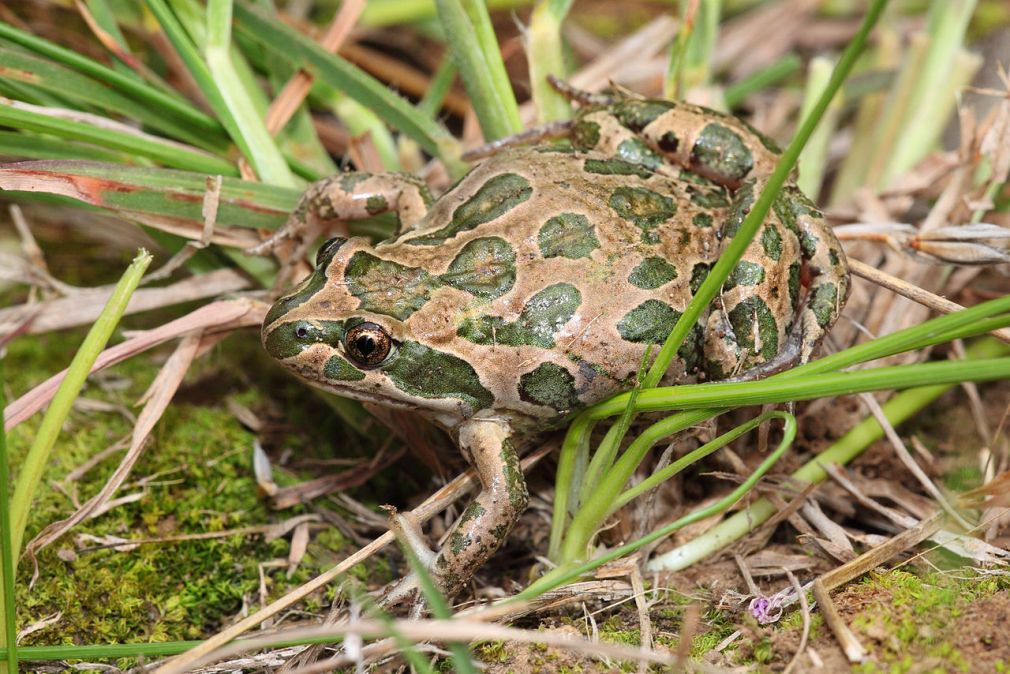
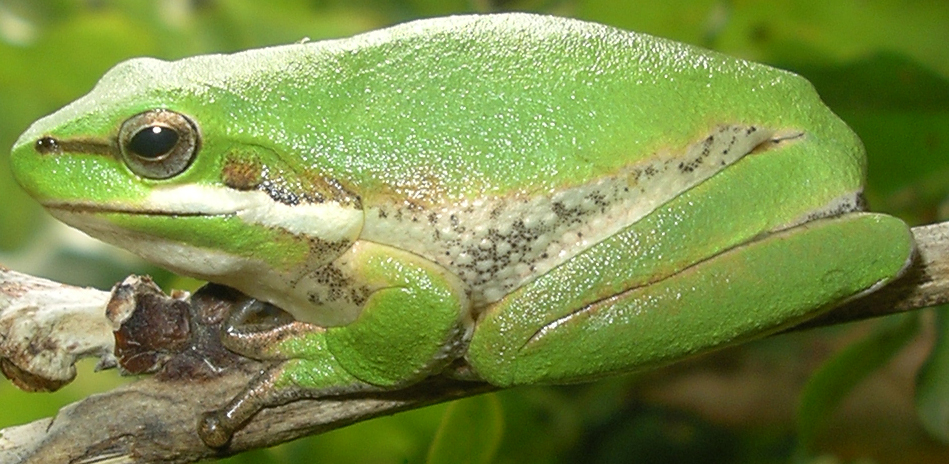
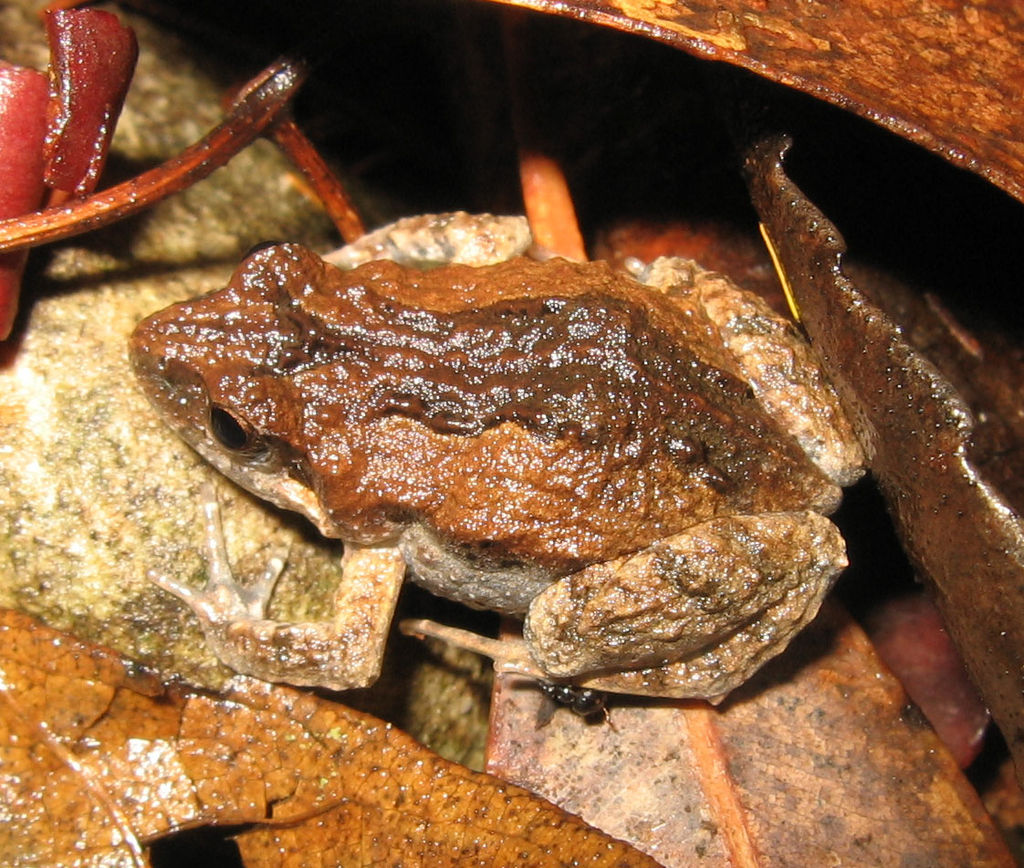
Have a look here and see if you can figure it out: https://www.backyardbuddies.org.au/explore/bugs-and-insects
Other Wildlife Noises You Can Hear At Night In Pittwater
From Issue 484:
Last week we shared some information about the noises cicadas and crickets make at night around our homes – but that’s not all we hear at night in the trees and yard, is it?
There’s bandicoots, owls of all kinds and sizes, and even bats both micro and larger. We also hear possums, brush tailed ones and ring-tailed ones!
All these critters are known as ‘nocturnal’ - an adjective which defines of or relating to the night (opposed to diurnal ‘during the day’) and means 'done, occurring, or coming at night'. Nocturnal creatures generally have highly developed senses of hearing, smell, and specially adapted eyesight.
Let’s put up some pictures so you can see what you can hear looks like.
Some Birds:
Barking Owls (Ninox connivens connivens) live in Pittwater. The barking owl (Ninox connivens), also known as the winking owl, is a nocturnal bird species native to mainland Australia and parts of New Guinea and the Moluccas. They are a medium-sized brown owl and have a characteristic voice with calls ranging from a barking dog noise to a shrill human-like howl which can be quite loud.
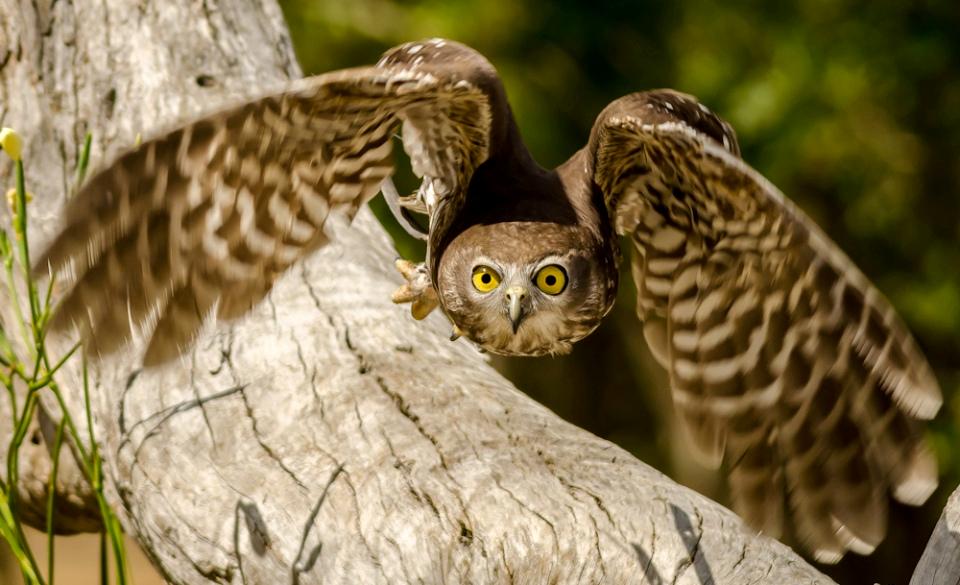
Barking Owl in flight - photo by James Niland
Powerful Owls (Ninox strenua), are a species of owl native to south-eastern and eastern Australia, is the largest owl on the continent. This species has large yellow eyes, with greyish feathering down to the base of the toes and feet of a dull yellow colour. The male powerful owl's song is an impressive low, rather mournful-sounding and far-carrying double-hoot, whoo-hooo, each note lasting a few seconds at least, broken up by a brief silence and the second note being usually higher pitched than the first. The female has a similar call but has a higher pitched voice. Duets are frequently heard at the onset of breeding. Unpaired males frequently call much more regularly than paired ones.
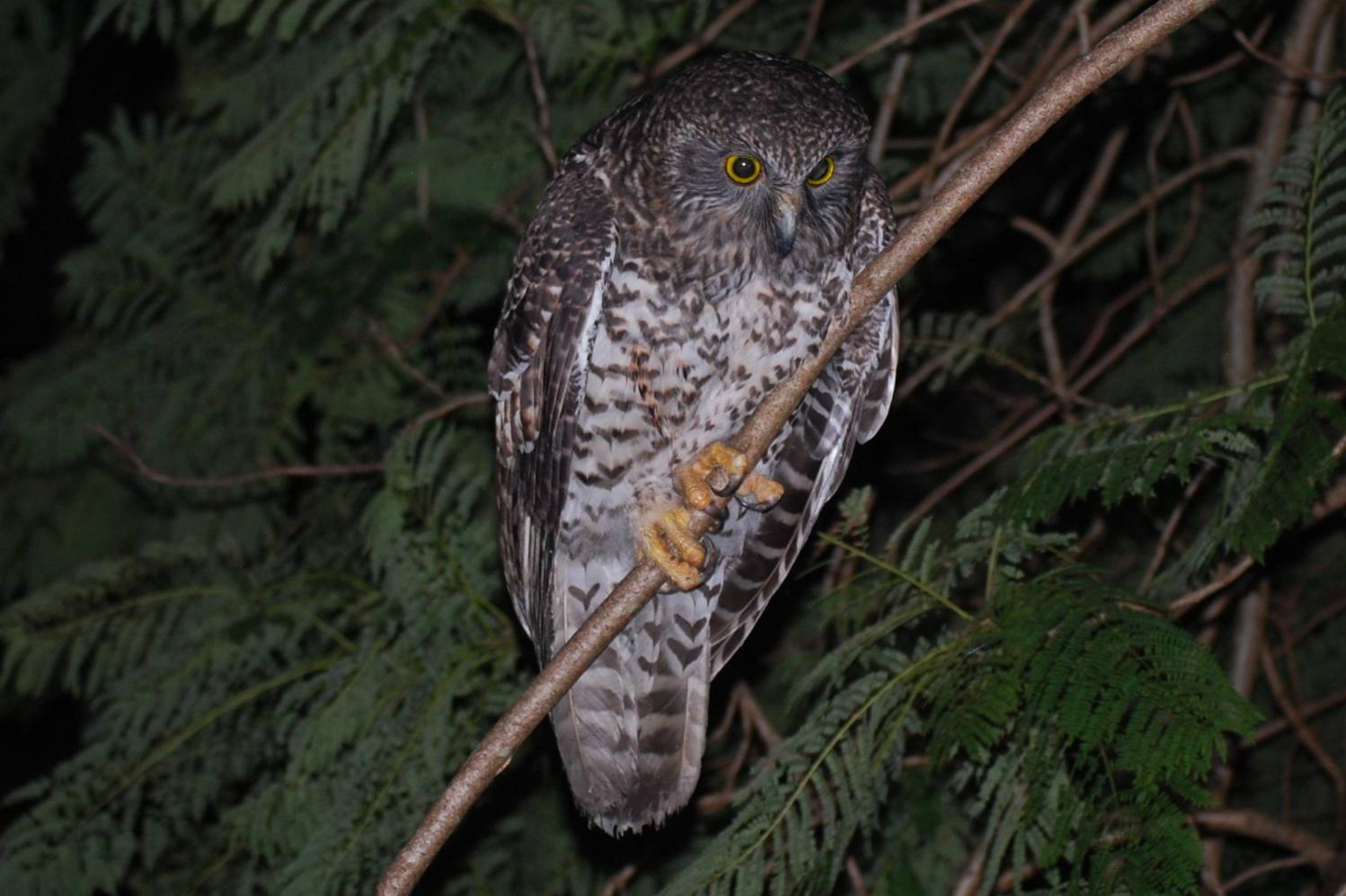
The Australian boobook (Ninox boobook) is a species of owl native to mainland Australia. Described by John Latham in 1801, it was generally considered to be the same species as the morepork of New Zealand until 1999. Its name is derived from its two-tone boo-book call. Eight subspecies of the Australian boobook are recognised, with three further subspecies being reclassified as separate species in 2019 due to their distinctive calls and genetics. The smallest owl on the Australian mainland, the Australian boobook is 27 to 36 cm (10.5 to 14 in) long, with predominantly dark-brown plumage with prominent pale spots. It has grey-green or yellow-green eyes. It is generally nocturnal, though is sometimes active at dawn and dusk, retiring to roost in secluded spots in the foliage of trees.
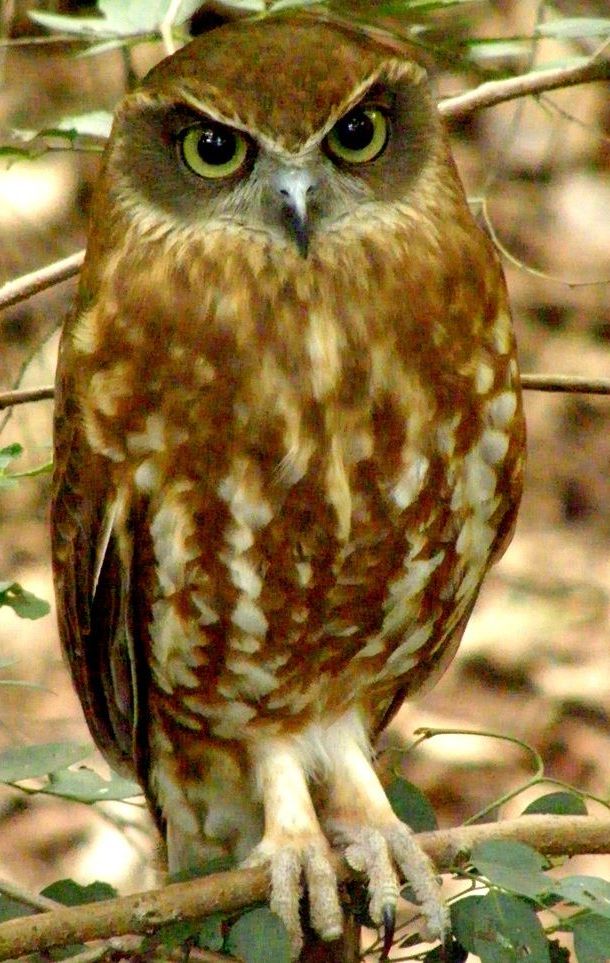
Southern Boobook Owl small, rufous coloured and spotted not barred or streaked.
The tawny frogmouth (Podargus strigoides) is a species of nightjar native to the Australian mainland and Tasmania and found throughout. It is a big-headed, stocky bird, often mistaken for an owl, due to its nocturnal habits and similar colouring, and sometimes, at least archaically, referred to as mopoke or mopawk, a name also used for the Australian boobook, the call of which is often confused with that of the tawny frogmouth.
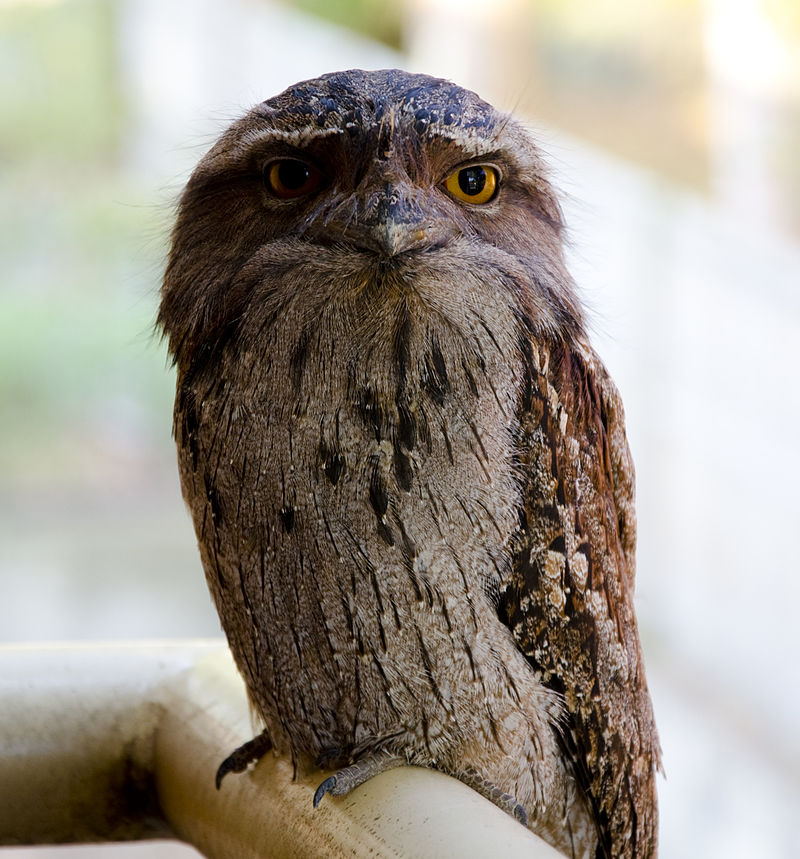
Perching on a balcony in Sydney - photo by Andrew Beeston
Some Possums
We also have possums in Pittwater with species you’re likely to hear at night.
A Brushtail Possum is highly territorial and can be noisy when defending its home grounds. Researchers have documented 18 different brushtail possum sounds which include “grunting, growling, hissing, screeching, clicking and teeth-chattering calls. In our Pittwater Online office grounds - one benefit of all this rain; possums among our plants - must be thirsty!
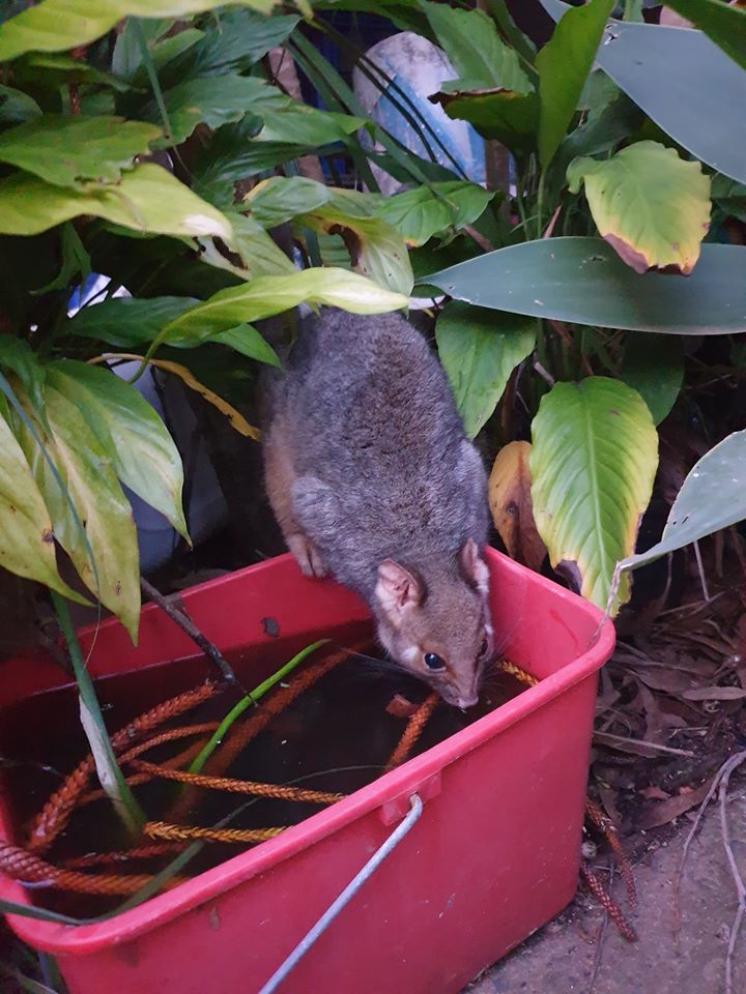
The Common Ringtail Possum (Pseudocheirus peregrinus) is a medium-sized species of possum found in eastern Australia and Tasmania. Feeding mainly on leaves, flowers and fruits, Common Ringtail Possums can be found in a variety of habitats including rainforests, wet eucalypt forests and even urban parks and gardens.
Much quieter than it’s larger and noisy cousin, the Common Brushtail Possum (Trichosurus vulpecula), the most commonly heard sounds made by the Common Ringtail Possum are soft bird-like chirrups or twitters. We have two ringtails in our yard.
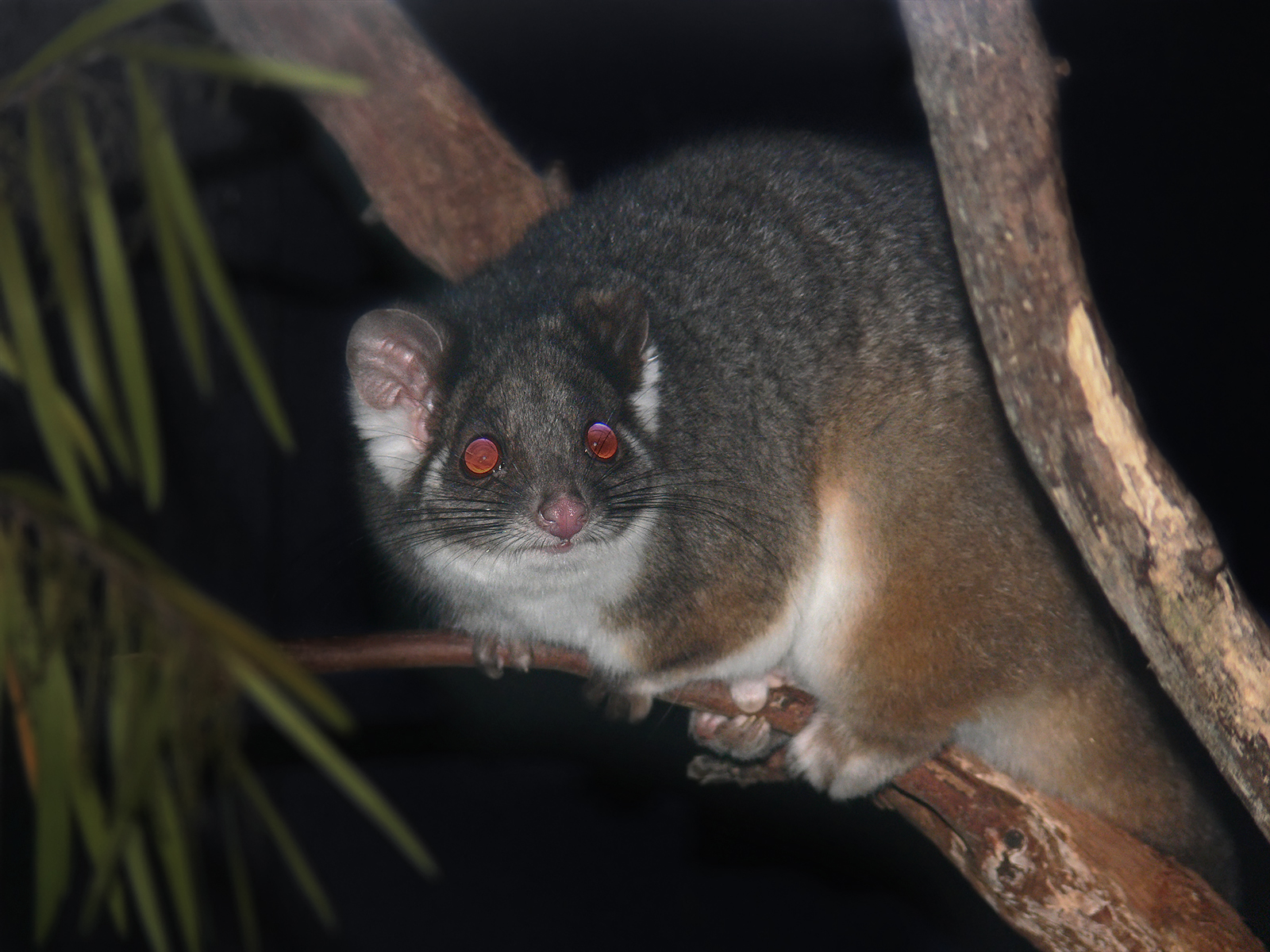
You may not hear these, or see them, but we also have species of smaller possums in Pittwater - have a look at these cuties:
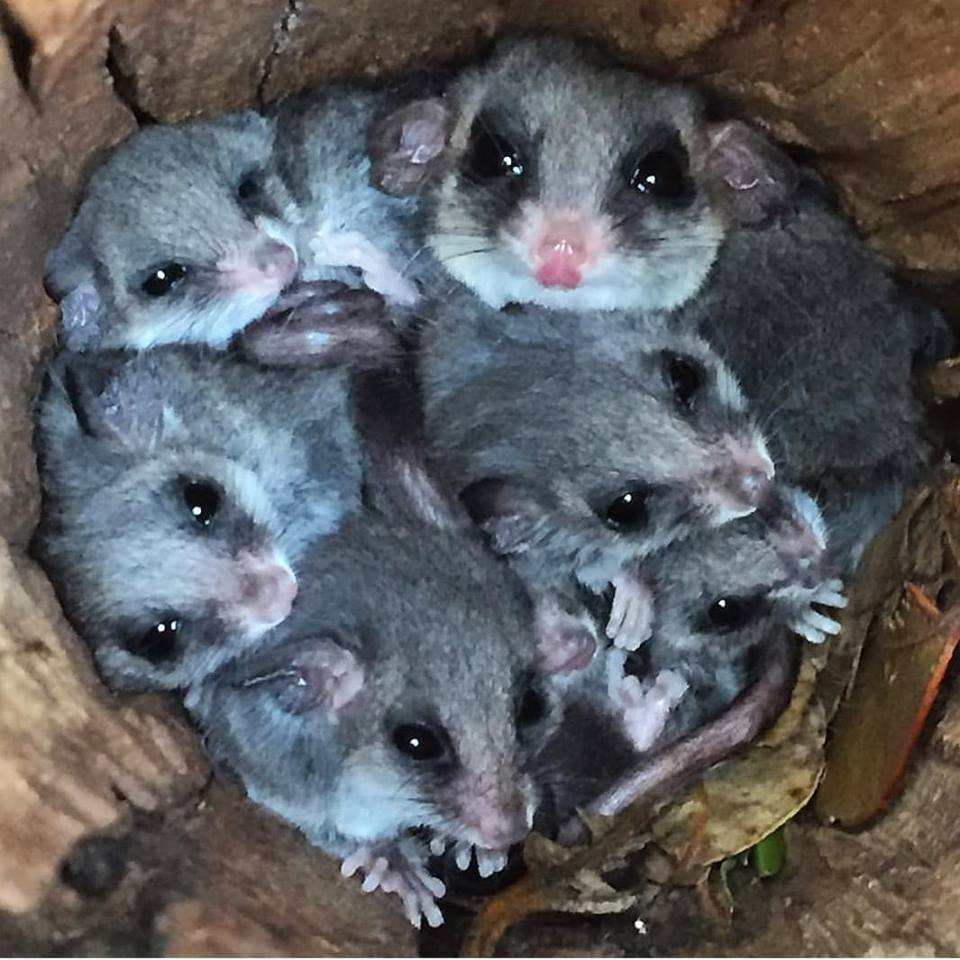
Some Bats
At dusk at our place we see the tiny microbats emerge from where they live, in our Pittwater spotted gums. Microbats see with their ears rather than their eyes. They produce a sound and "listen" for it as it bounces back from surrounding objects. The time the sound takes to travel back to them tells the bat how close the object is.
Females may fly hundreds of kilometres to special maternity sites to raise their babies.
Microbats make up one fifth of all Australian mammals, and there are more than 60 different types. In total, 15 of the 17 microbat species known from the Sydney region have been recorded in our area. Yet only three of these species, Chalinolobus gouldii, Mormopterus species 2 and Miniopterus schreibersii were present in more than 40% of sites. During summer and autumn, microbats go into a feeding frenzy as they fatten up on insects to see them through the coming winter. Once the nights become cooler and the insects disappear, microbats lower their body temperature and go into a state of mini-hibernation until their food returns in spring. Microbats can eat as much as 40% of their own body weight in a single night, or several hundred insects per hour. The smallest microbat weighs only 3 grams.
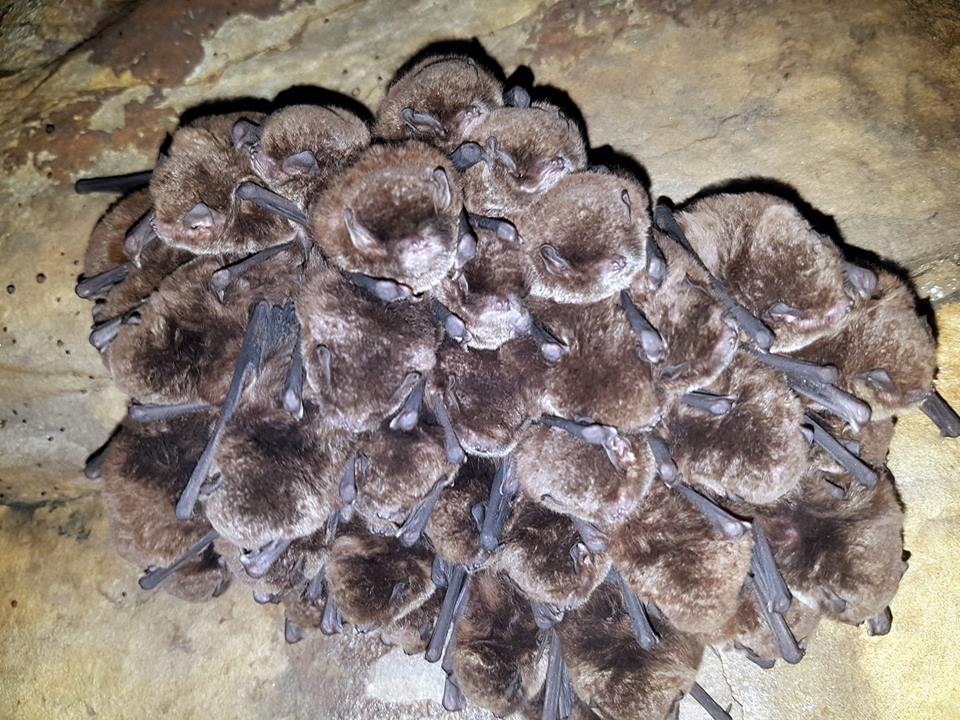
Grey-headed flying foxes live here too and you will often hear them at night as they feed, at this time of year, on the fruit from palm trees. Grey-headed flying foxes are the largest bats in Australia, with a wingspan of up to 1.5 metres. These are gentle lovely creatures that look after their babies like we do!
They are known as 'keystone' species as they spread the distribution of the seeds of native plants they eat and in doing so, replant the bush habitat - so it's important to look after them as they are looking after us.
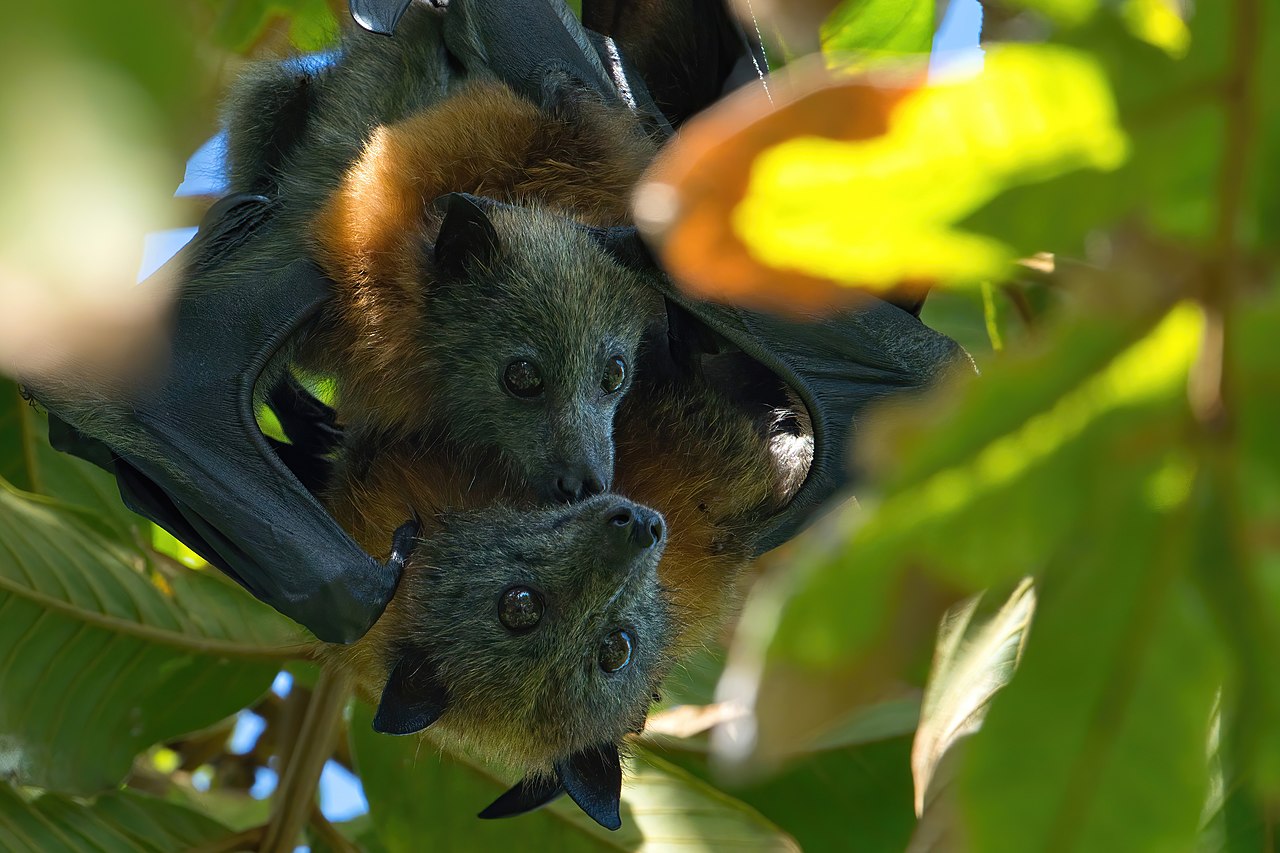
Mother with near-mature pup (baby) - photo by Andrew Mercer
Some Bandicoots
The other ‘chitter chitter’ noise you may hear at night, especially on your lawn or in your garden, is a bandicoot. They can make a high-pitched, bird-like noise used to locate one another or, when irritated, they will make a "whuff, whuff" noise, when in pain or experiencing fear, they make a loud shriek.
In Pittwater and our surrounds there are 3 kinds of bandicoots living here. The first is the Long-nosed bandicoot (Perameles nasuta). The long-nosed bandicoot is around 31–43cm in size, and weighs up to 1.5kg. It has pointed ears, a short tail, grey-brown fur, a white underbelly, and a long snout. Its coat is bristly and rough. The long-nosed bandicoot is common and widespread throughout NSW, particularly in coastal areas. This species is the most common species of bandicoot in the Sydney area and is known to visit suburban backyards.
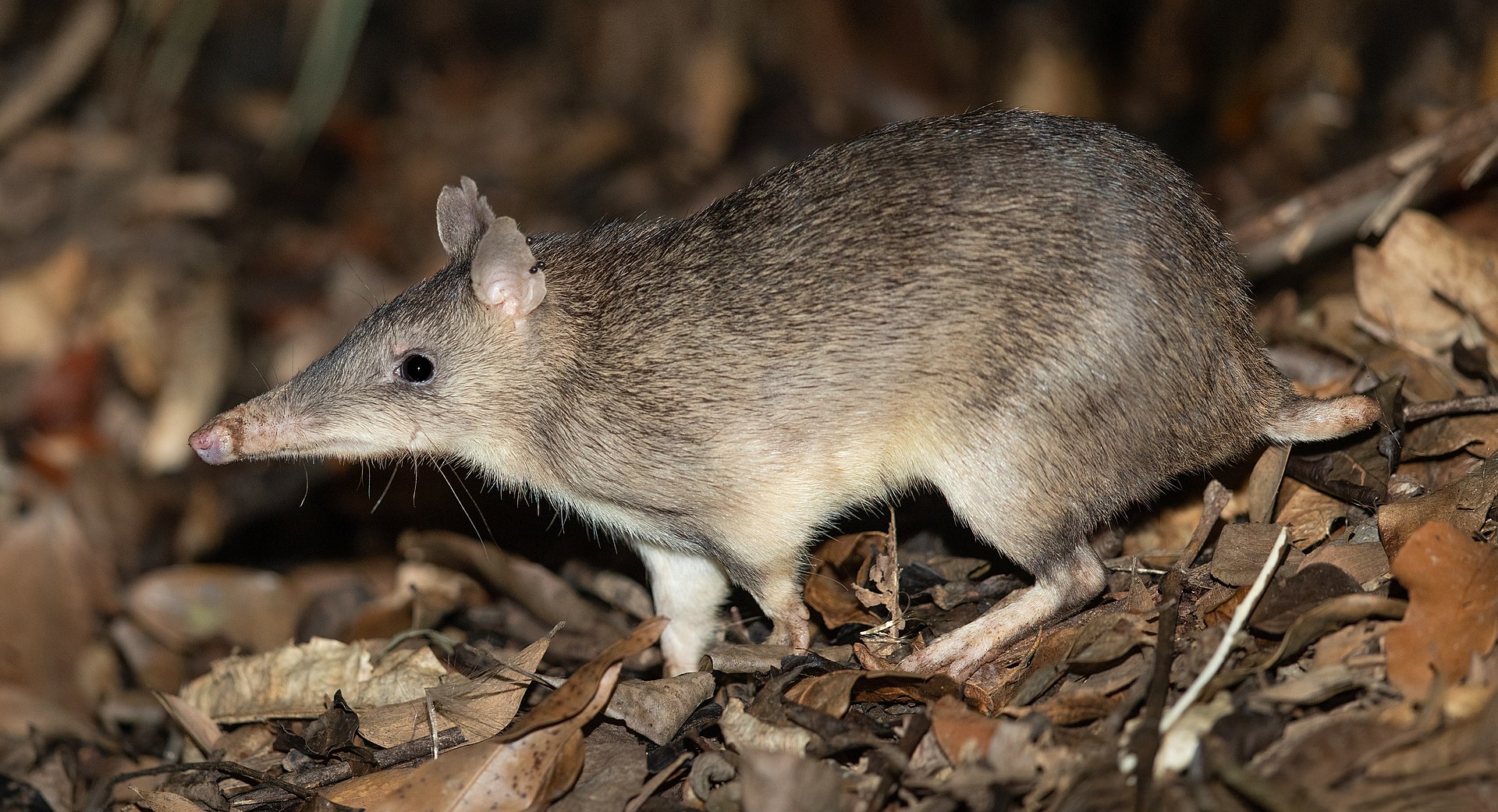
Long-nosed Bandicoot (Perameles nasuta) - photo by JJ Harrison
There is also the Northern brown bandicoot (Isoodon macrourus), which is around 30–47cm in size, and weighs up to 2.1 kg. It has small, rounded ears, an elongated snout, and a speckled brown-black coat with a pale to white underbelly. The northern brown bandicoot is common north of the Hawkesbury River, in coastal areas and on the eastern slopes - so you may not see this one in your backyard, but they are around just over the water.
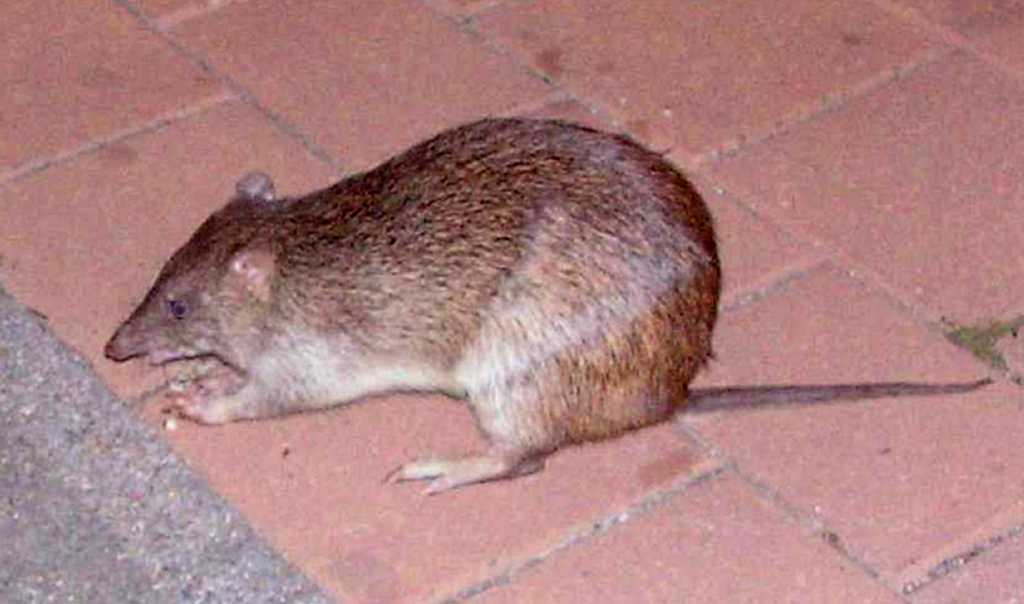
Northern brown bandicoot in Queensland photo by D. Gordon E. Robertson
The third lives in the Garigal and Ku-ring-gai Chase national parks and is the endangered Southern brown bandicoot (Isoodon obesulus). The southern brown bandicoot is around 28–36cm in size, and weighs up to 1.5kg. It has small, rounded ears, a longish conical snout, a short, tapered tail and a yellow-brown or dark grey coat with a cream-white underbelly.
_2,_Vic,_jjron,_09.01.2013.jpg?timestamp=1613791696385)
Southern brown bandicoot (Isoodon obesulus) - photo by John O'Neill
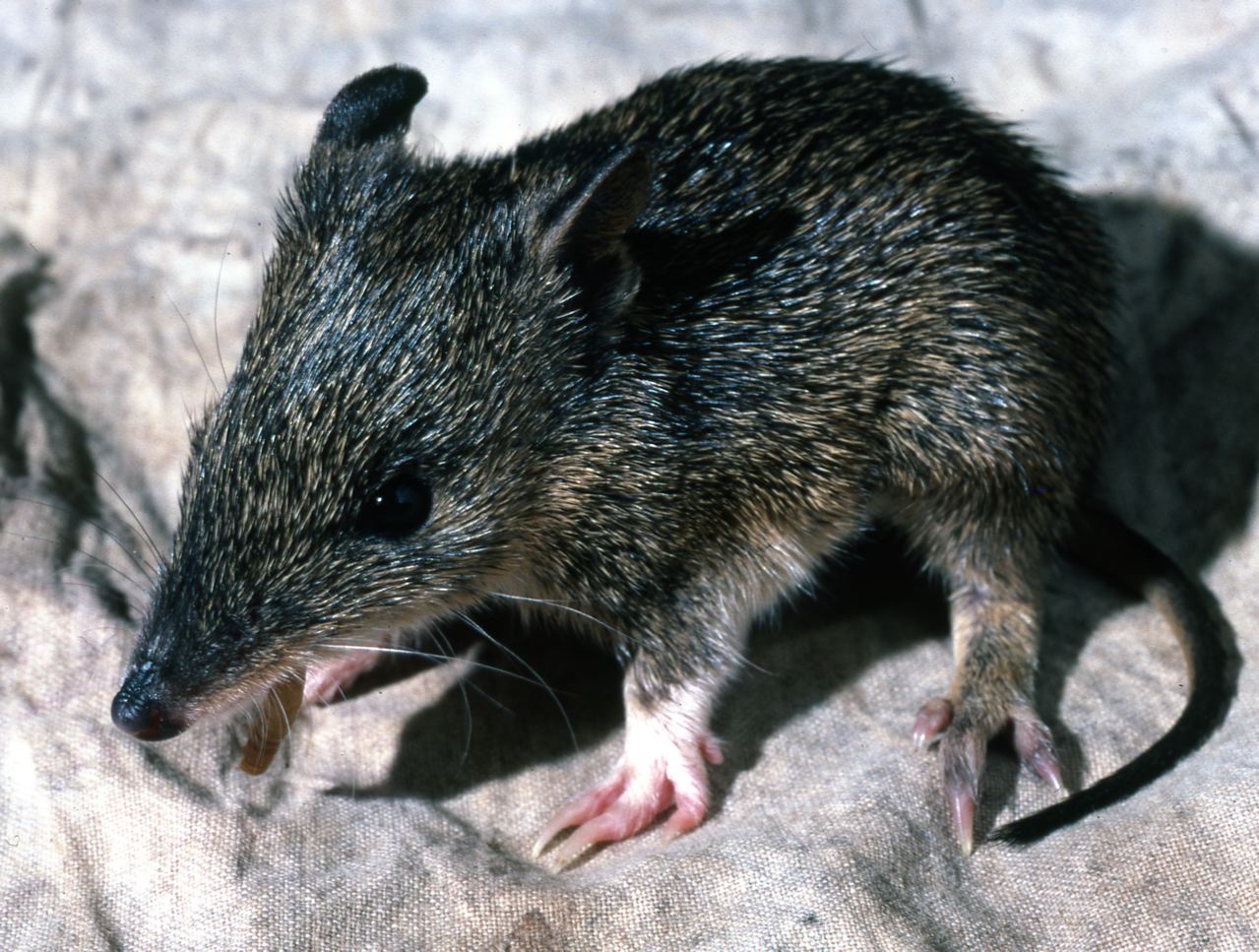
Southern brown bandicoot (Isoodon obesulus) - a youngster! - photo by Bertram Lobert
So, next time you hear something at night, whether it's in the trees, in the air, or snuffling along on the ground, try to work out which critter visits your home to eat insects or flowers and fruit - we live in an amazing place which we share with all these animals.
Cicadas And Crickets Still Singing In Pittwater: Late Summer Bush Songs
Have you noticed that the deafening noise of a million million Black Prince cicadas we had just a few weeks ago is not so noisy now? We had so many at our place as we have a lot of spotted gum trees - it was so LOUD some days I had to close the doors to stop my ears ringing. Durinmg the past few weeks they're a lot quieter though - I think it may be because all the currawongs and magpies are feeding them to their newly fledged youngsters - they LOVE cicadas.
This year we have seen:
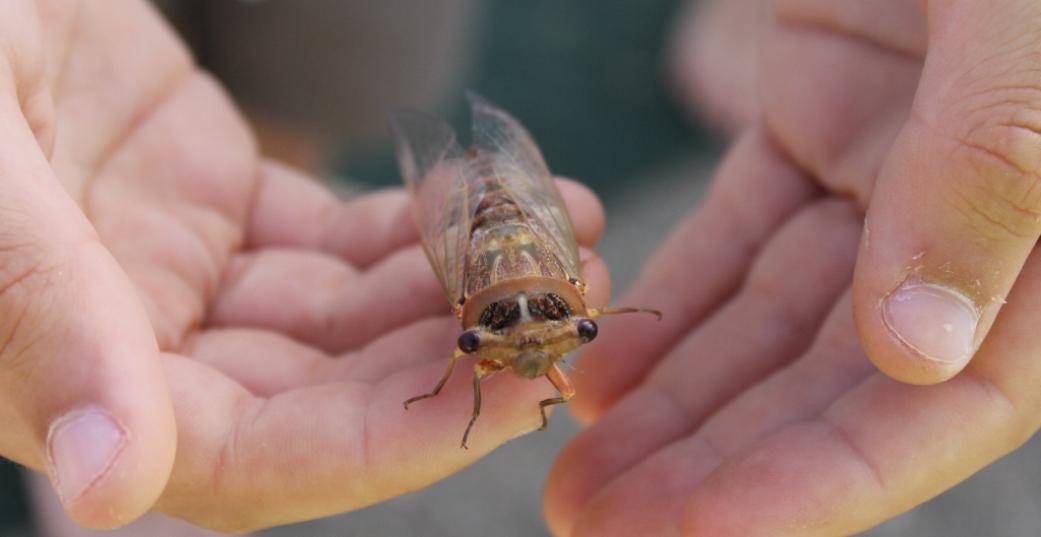
Yellow Monday Cicada
Black Prince Cicada
Have you heard all the crickets singing at night?
There seems to be a lot of crickets this year, so many so that this one came onto my desk here one night during this week and then spent about 10 minutes jumping around all over the place.
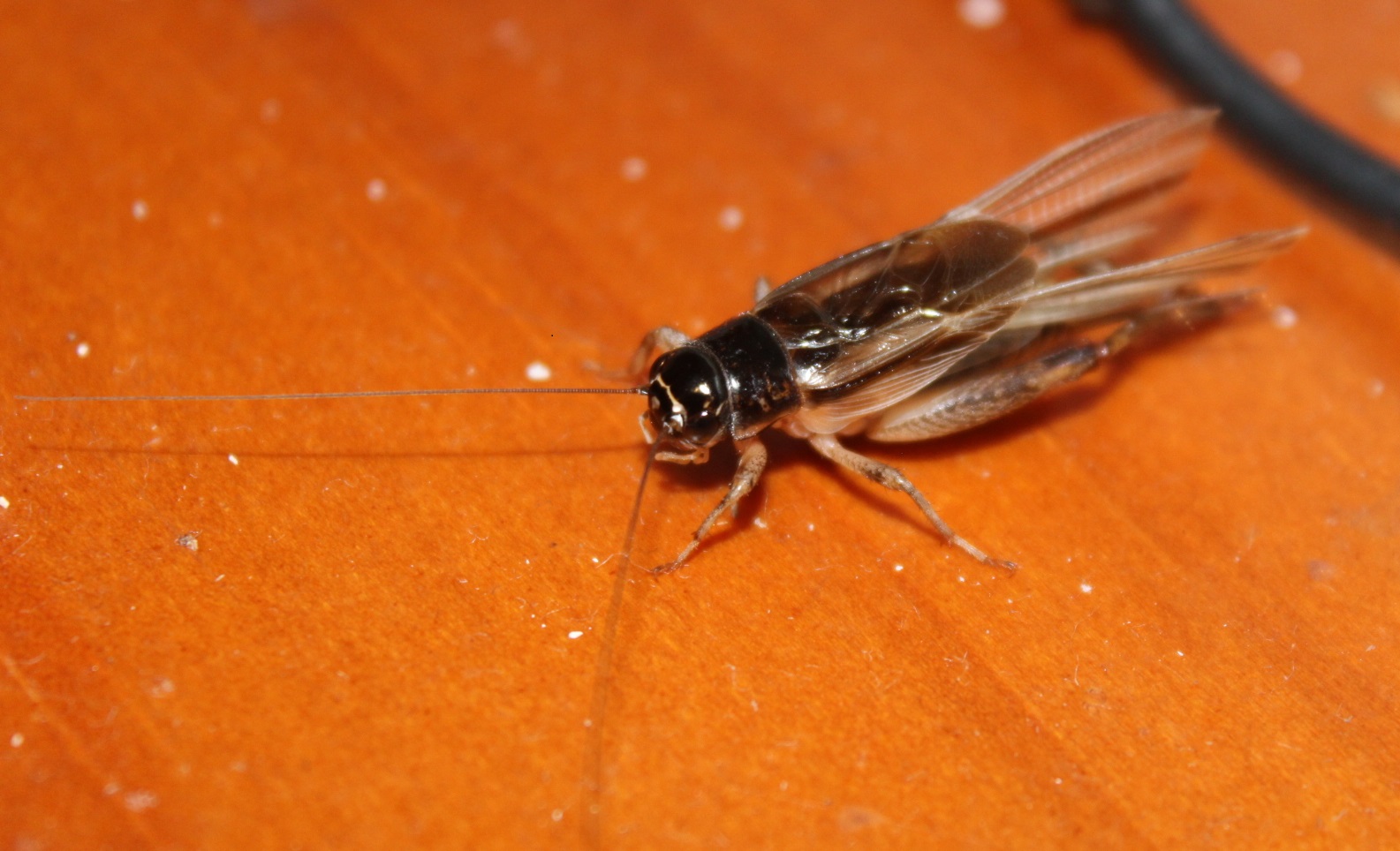
Crickets live all over Australia and you have probably heard them - but maybe not seen one. The most common is the Black Field Cricket. Only the male of this species 'chirp' by rubbing their wings together. They do it to attract females, to woo them, and to warn off other male competitors. They grow to about 2.5cm long. Black Field Crickets lay their eggs around April. A female can lay up to 1,500 to 2,000 eggs and she lays them from late Summer to late Autumn. These eggs remain dormant over the Winter and hatch in Spring.
Young crickets, known as nymphs, grow slowly through 9 to 10 nymph stages as they gradually develop into adults. Juvenile Black Field Crickets are similar in appearance to adults but lack wings and have a distinctive white band around their middle.
Normally, Black Field Crickets are mostly a ground living insect, but will take to the air when numbers are too great and food becomes scarce. Crickets usually live outside but may come inside to get away from waterlogged ground after rains, or when the weather turns very cold.
Normally, crickets feed on decaying plant material and insect remains, and are prey to birds, mice, frogs, possums and many other creatures. They are an important animal in the food chain. You can tell a Short-Horned grasshopper from a cricket by the size of their antennae. Crickets have longer antennae than these grasshoppers. Most grasshoppers also feed on plant material, whereas crickets are omnivores. Also crickets are mainly nocturnal, whereas Short-Horned grasshoppers are active during the day.
Black Field Crickets are good buddies to have in your garden as they will help aerate your soil, which helps water penetrate into it.
Did you know?; Crickets have 'ears' in their legs just below their knees. The ear drums, one on each foreleg, are sensitive membranes which act as receivers of differences in pressure and can help crickets find a mate, be forewarned about predators or locate prey.
The most common crickets in backyards are the House Cricket, Mole Cricket and Black Field Cricket. The King cricket is large and flightless and can devour funnel web spiders with its enormous, terrifying-looking mouth parts. It's usually only found in rainforests. You can recognise crickets and grasshoppers by their 'song' which they make by rubbing parts of each wing together.
Photos by A J Guesdon, information courtesy of Backyard Buddies - more great stuff at: www.backyardbuddies.org.au
THE CICADA ORCHESTRA.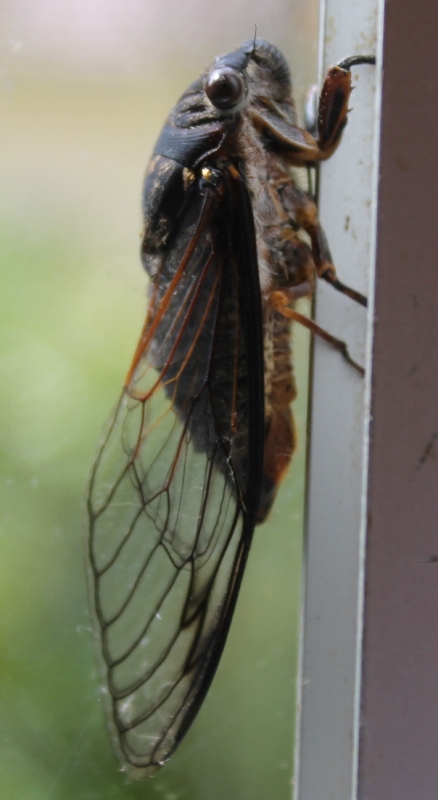 When the gum leaves all hang drooping,
When the gum leaves all hang drooping,
And every bird is still,
There comes from each leafy covert,
A droning loud and shrill.
'Zum, zum, zum, I'm a Floury Baker!
Hark to my double-drum;
I can drone by the hour with ceaseless power,
And a zum, zum, zum, zum, zum.'
The hot air seems to quiver
Beneath that steady drone,
And aching heads grow wearier,
With that ceaseless monotone;
"Zum, zum, zum, I'm a real Greengrocer!
Hark to my double drum;
I can make it go for an hour or so,
With a zum, zum, zum, zum."
When the still, hot day is over,
And the west wind drops at length,
The loud cicada chorus Wakens to double strength:
"Zum, zum, zum, I'm a Yellow Monday!
Hark to my double drum;
I can make it drone in its monotone,
With a zum, zum, zum, zum, zum.'
As the slow, slow hours are dragging
Through the hush of a still, hot night;
The full bush band keeps playing,
Right up to the morning light.
"Zum, zum, zum, I'm a Black Prince gorgeous!
Hark to my double drum;
All the long night through I shall play to you,
With a zum, zum, zum, zum, zum."
From the first grey light of the morning,
Till the sun sinks down in the west,
And all through the long night-watches,
The droning knows no rest:
"Zum, zum, zum, I'm a Floury Baker;
Zum, zum, zum, I'm a fat Greengrocer;
Zum, zum, zum, I'm a Yellow Monday;
Zum, zum, zum,
I'm a Black Prince gorgeous.
And each has a double drum.
So with ceaseless tone we just drone, drone, drone,
With a zum, zum, zum, zum, zum."
The Children's Page. (1926, November 18). The Catholic Press(NSW : 1895 - 1942), p. 46. Retrieved from http://nla.gov.au/nla.news-article106276154